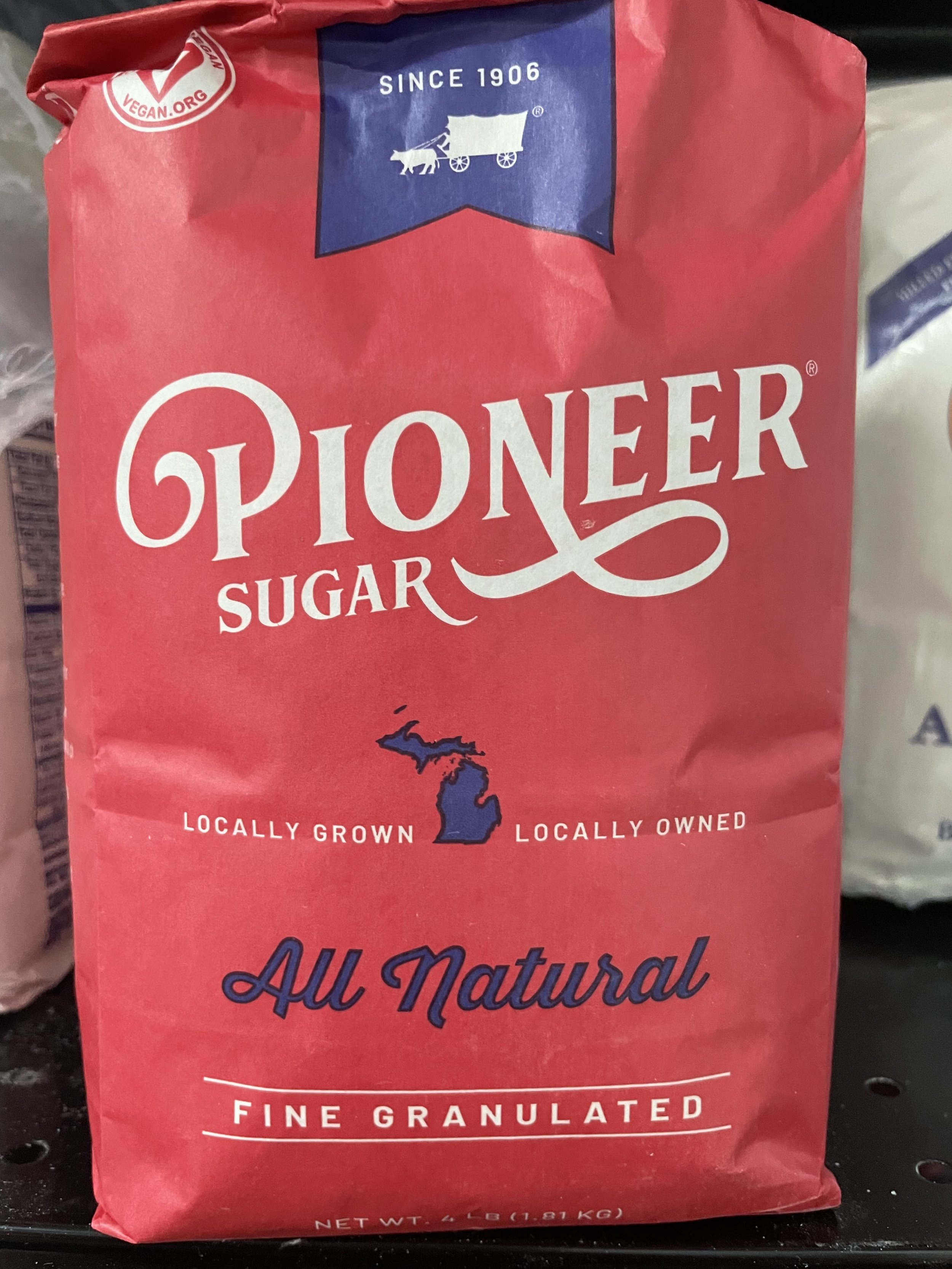Pioneer 4# bag white sugar
Sugar has a long and complex history, and its origin can be traced back to several regions and civilizations over thousands of years. Here is a brief overview of the history and origins of sugar:
Ancient India: Sugar production is believed to have originated in ancient India, where sugarcane was first cultivated around 3500 BCE. Initially, sugar was extracted from sugarcane by chewing the stalks or pounding them to release the sweet juice. Over time, Indians developed more sophisticated methods of sugar extraction and refining.
Medieval Persia: Sugar cultivation and processing techniques spread from India to Persia (modern-day Iran) around the 6th century CE. The Persians further refined the sugar-making process and introduced it to the Arab world.
Arab World: Arab traders and travelers brought sugarcane and sugar production techniques to various parts of the Arab world, including North Africa and the Middle East. By the 8th century, there were sugar refineries in places like Iraq and Egypt.
Medieval Europe: Sugar became known in Europe through trade with the Arab world and Crusaders returning from the Middle East during the Middle Ages. It was initially considered a luxury item and was used sparingly in European cuisine and medicine.
Caribbean and the Americas: Sugar cultivation was introduced to the Caribbean by Christopher Columbus on his second voyage to the Americas in 1493. The ideal climate and fertile soil of the Caribbean islands, combined with the labor-intensive nature of sugarcane cultivation, led to the establishment of sugar plantations and the use of enslaved African labor. Sugar production boomed in the Caribbean and later spread to the American colonies.
Sugar has a long and complex history, and its origin can be traced back to several regions and civilizations over thousands of years. Here is a brief overview of the history and origins of sugar:
Ancient India: Sugar production is believed to have originated in ancient India, where sugarcane was first cultivated around 3500 BCE. Initially, sugar was extracted from sugarcane by chewing the stalks or pounding them to release the sweet juice. Over time, Indians developed more sophisticated methods of sugar extraction and refining.
Medieval Persia: Sugar cultivation and processing techniques spread from India to Persia (modern-day Iran) around the 6th century CE. The Persians further refined the sugar-making process and introduced it to the Arab world.
Arab World: Arab traders and travelers brought sugarcane and sugar production techniques to various parts of the Arab world, including North Africa and the Middle East. By the 8th century, there were sugar refineries in places like Iraq and Egypt.
Medieval Europe: Sugar became known in Europe through trade with the Arab world and Crusaders returning from the Middle East during the Middle Ages. It was initially considered a luxury item and was used sparingly in European cuisine and medicine.
Caribbean and the Americas: Sugar cultivation was introduced to the Caribbean by Christopher Columbus on his second voyage to the Americas in 1493. The ideal climate and fertile soil of the Caribbean islands, combined with the labor-intensive nature of sugarcane cultivation, led to the establishment of sugar plantations and the use of enslaved African labor. Sugar production boomed in the Caribbean and later spread to the American colonies.
Sugar has a long and complex history, and its origin can be traced back to several regions and civilizations over thousands of years. Here is a brief overview of the history and origins of sugar:
Ancient India: Sugar production is believed to have originated in ancient India, where sugarcane was first cultivated around 3500 BCE. Initially, sugar was extracted from sugarcane by chewing the stalks or pounding them to release the sweet juice. Over time, Indians developed more sophisticated methods of sugar extraction and refining.
Medieval Persia: Sugar cultivation and processing techniques spread from India to Persia (modern-day Iran) around the 6th century CE. The Persians further refined the sugar-making process and introduced it to the Arab world.
Arab World: Arab traders and travelers brought sugarcane and sugar production techniques to various parts of the Arab world, including North Africa and the Middle East. By the 8th century, there were sugar refineries in places like Iraq and Egypt.
Medieval Europe: Sugar became known in Europe through trade with the Arab world and Crusaders returning from the Middle East during the Middle Ages. It was initially considered a luxury item and was used sparingly in European cuisine and medicine.
Caribbean and the Americas: Sugar cultivation was introduced to the Caribbean by Christopher Columbus on his second voyage to the Americas in 1493. The ideal climate and fertile soil of the Caribbean islands, combined with the labor-intensive nature of sugarcane cultivation, led to the establishment of sugar plantations and the use of enslaved African labor. Sugar production boomed in the Caribbean and later spread to the American colonies.

